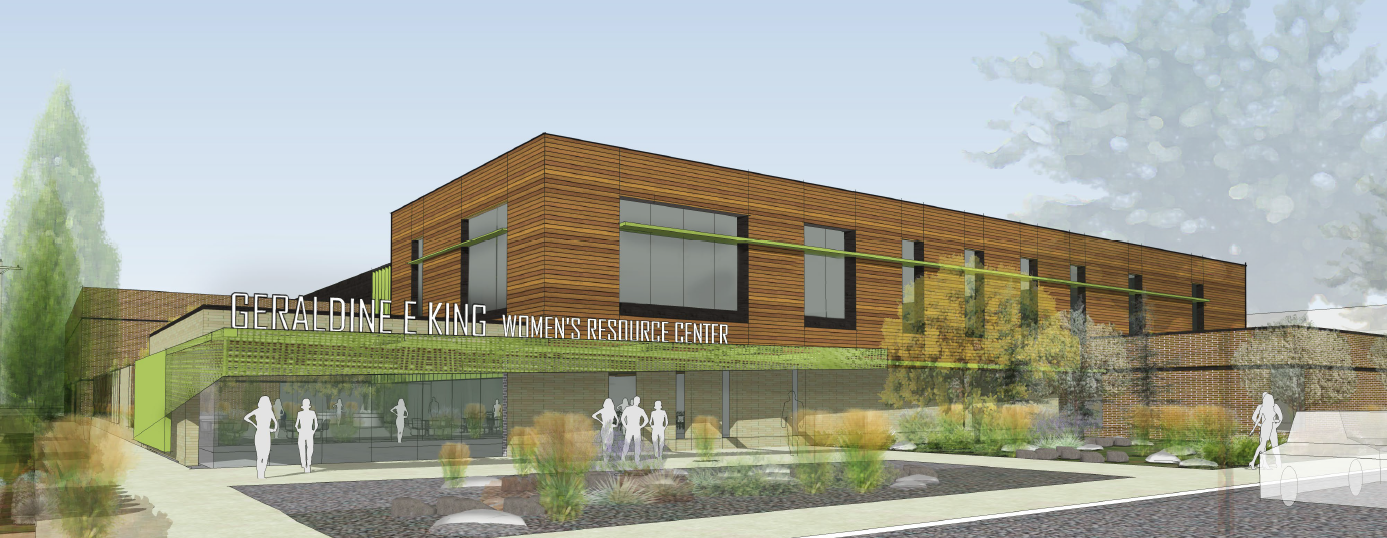Salt Lake City homeless shelter concepts by The Salt Lake Tribune on Scribd
More than nine months after their controversial siting, two new Salt Lake City homeless shelters inched closer to life with Tuesday’s release of preliminary design concepts.
Next up: more public feedback.
The proposal (seen above) from Salt Lake City-based ajc architects shows two-level, all-inclusive shelters that not only house 200 beds but a wide range of homeless services — including courtyards, kitchens, barbers and kennels.
ENGAGEMENT OPPORTUNITIES<br>Public forum • From 6 p.m. to 8 p.m. Tuesday at The Leonardo Auditorium, 209 E. 500 South<br>Open house No. 1 • From 4 p.m. to 6 p.m. Wednesday at 131 E. 700 South<br>Open house No. 2 • From 1 p.m. to 3 p.m. Thursday at the St. Vincent de Paul Dining Hall, 437 W. 200 South<br>Open house No. 3 • From 4 p.m. to 6 p.m. Thursday at 275 W. High Ave.
The shelter designs will be presented in a panel discussion from 6 p.m. to 8 p.m. Tuesday at The Leonardo, 209 E. 500 South, which was remodeled by ajc. Three more open houses follow Tuesday and Wednesday.
The shelter at 275 W. High Ave. is gender-segregated, with concepts showing 160 beds for men on the ground level and an additional 40 beds for women upstairs, while the shelter at 131 E. 700 South is for women alone and would house all 200 on the ground level.
At the urging of Salt Lake City Mayor Jackie Biskupski, the shelters’ nonprofit owner, Shelter the Homeless, awarded the project to ajc architects in June after some hesitation initially about costs.
But developer Kem Gardner said he had persuaded ajc architects to lower its bid by $800,000 to an undisclosed amount, and the nonprofit’s board was impressed that ajc architects had teamed with an experienced shelter builder, Portland’s Dave Otte, of Holst Architecture.

Principal Architect Jill Jones said at an August Central City Neighborhood Council meeting that she had been “stalking” Salt Lake City Deputy Chief of Staff David Litvack for nearly two years because of her interest in designing the new shelters.
The design process might continue until April 2018, Jones told the community council, at which point officials hope to break ground.
The shelters need to open by July 2019 if elected officials are to meet their deadline of closing an 1,100-bed shelter at 210 S. Rio Grande St. — thought to be too large and too exposed to area criminal activity, as well as an impediment to development at the western edge of downtown.
A third, men-only shelter at 3380 S. 1000 West, in South Salt Lake, is also being designed by ajc architects, though documents related to Tuesday’s presentation didn’t include any concepts for that 300-bed facility.

The documents don’t mention costs, either.
A request for proposal posted by Salt Lake City earlier this year, before it was known for certain that Shelter the Homeless would become the eventual owner of the new shelters, said the estimated construction cost for each shelter would be about $10 million.
Legislators approved putting $27 million toward the effort in February on the assumption that the total cost for three new resource centers — including land purchases (which added up to $8.4 million) and design — would be about $40 million.
The same $40 million figure was again quoted at a September meeting of the Shelter the Homeless board.
The Salt Lake Tribune will update this story.

















